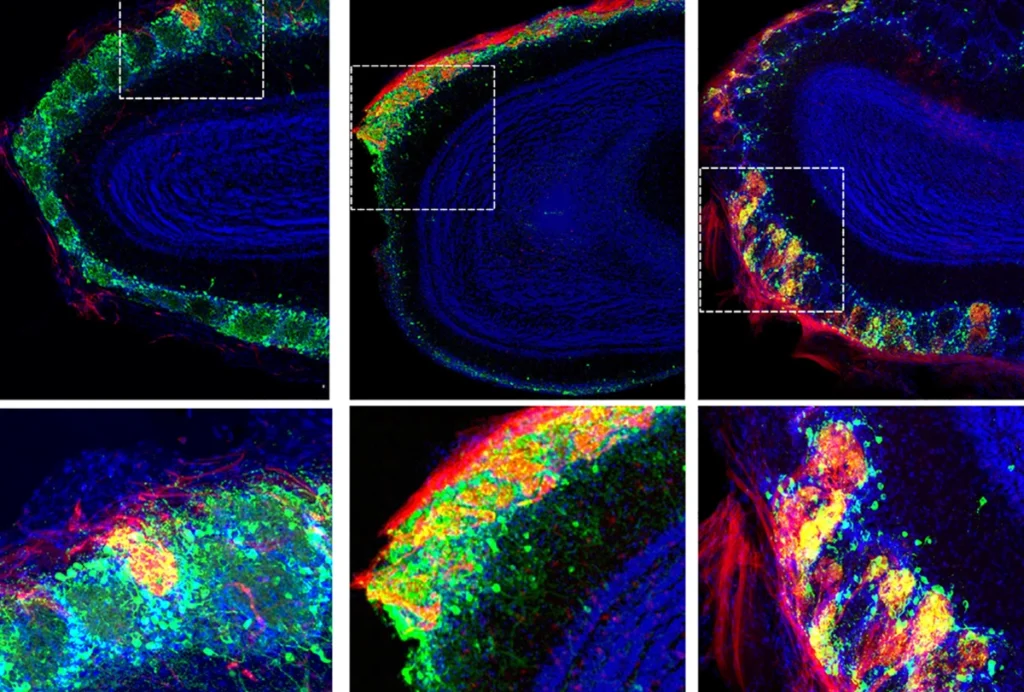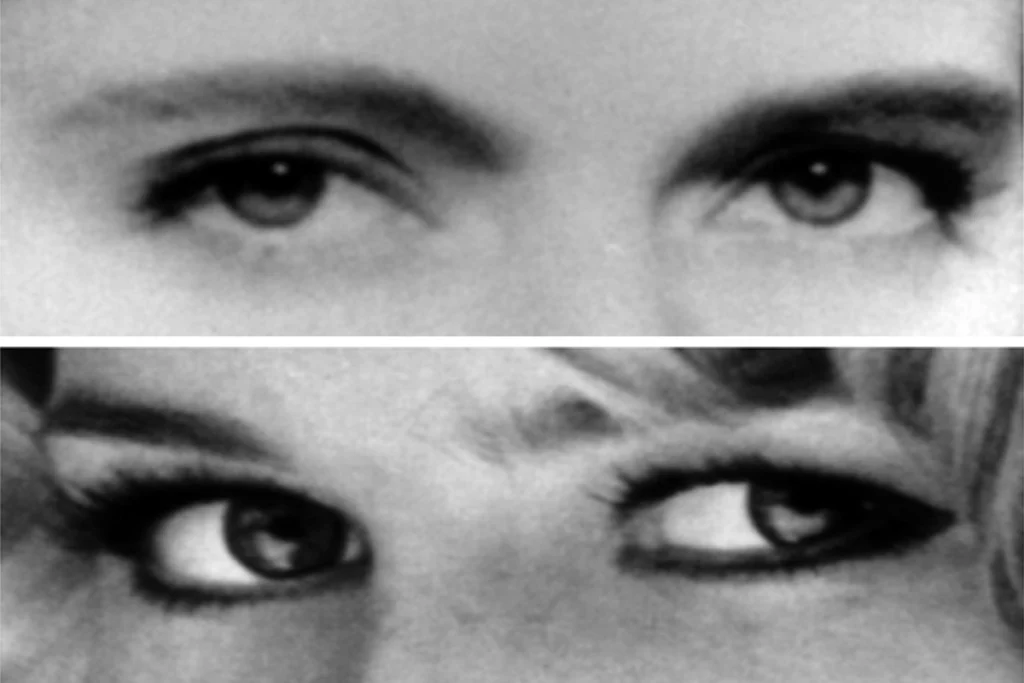- Many autism-linked genes are highly expressed in the cerebellum, particularly those associated with histone methylation. Neurology
- Several autism researchers have been elected to the National Academy of Sciences, including Gordon Fishell of Harvard University, Dina Katabi of the Massachusetts Institute of Technology and Hongkui Zeng of the Allen Institute for Brain Science. National Academy of Sciences
- The U.S. Centers for Disease Control and Prevention is planning to add five sites to its Autism and Developmental Disorders Monitoring network. Disability Scoop
- The documented increase in autism cases — the condition now affects 1 in 36 children in the United States — is a result of improved awareness and identification, although disparities persist for diagnosis and treatment services. JAMA
- Copy number variants linked to autism occur in 15 percent of autistic children, and variants of unknown significance are seen in another 27 percent, according to a study in Italy. Molecular Genetics & Genomic Medicine
- Boys with fragile X syndrome display a different learning pattern than do boys with non-syndromic autism during an intervention to improve social gaze. Journal of Autism and Developmental Disorders
- Girls make up a higher proportion of children diagnosed with autism at age 7 to 11 than those who receive an early diagnosis, said Casey Burrows in a presentation of the unpublished work Saturday at INSAR 2023. The finding may be explained in part by the fact that girls generally have better language skills early in life. INSAR Abstract 227.004
- Nearly 80 percent of autistic girls have at least one anxiety disorder, and 65 percent have distinct forms of anxiety, including uncommon phobias, said Christine Wu Nordahl in a presentation at INSAR 2023 last Friday. MRI scans show that the amygdala grows more slowly in autistic children with distinct anxieties but more quickly in autistic children with anxieties described in the Diagnostic and Statistical Manual of Mental Disorders. INSAR Abstract 318.002
- About one-quarter of minimally verbal autistic children have greater receptive than expressive language skills, said Yanru Chen in a presentation at INSAR 2023 last Friday, describing what she says is the first study to investigate the question. INSAR Abstract 315.004
- The Emotion Regulation Checklist can be a sensitive measure in autistic children to assess the impact of therapeutic interventions. Journal of Autism and Developmental Disorders
- Only 29 percent of papers on language impairments in autistic children contain any information about the race or ethnicity of the participants, according to a review of studies. Autism
 Diverse blueprints: A new human genome map reflects nearly 50 people with varied racial, ethnic and geographic backgrounds.Leja/NHGRI
Diverse blueprints: A new human genome map reflects nearly 50 people with varied racial, ethnic and geographic backgrounds.Leja/NHGRI - A U.S.-based panel of experts has advised national primate centers to expand their breeding programs to address the shortage of monkeys for research. AP News
- None of the many candidate biomarkers for neurodevelopmental conditions have better than 80 percent sensitivity and specificity in more than one study, according to a systematic review. World Psychiatry
- Parents and teachers differ substantially in their evaluation of exceptional skills in school-age autistic children, according to a small study. Journal of Applied Research in Intellectual Disabilities
- Autistic people and advocates lobby for more influence on research priorities, saying that autism research remains focused on fixing deficits rather than exploring supports. Nature
- Imaging Neuroscience, the new nonprofit open-access journal created by the resigning editors of NeuroImage and NeuroImage: Reports, has begun reviewing papers that authors transferred over from NeuroImage. Spectrum covered the resignation last month. Imaging Neuroscience
- New electroencephalographic methods provide better reliability and consistency of measures, which may improve analyses of individual differences in neural function. NeuroImage
- A revamped human genome map uses data from 47 people with diverse backgrounds, creating a “pangenome.” The New York Times
- Ruth Grossman, an autism researcher at Emerson College, has been named a Radcliffe fellow at the Harvard Radcliffe Institute for the upcoming academic year. Emerson Today
Spotted around the web: INSAR; cerebellar gene expression; pangenome
Here is a roundup of news and research for the week of 8 May.
tags:
Explore more from The Transmitter

Rat neurons thrive in a mouse brain world, testing ‘nature versus nurture’
By
Angie Voyles Askham
17 May 2024 | 5 min read

It’s past time to stop using the Reading the Mind in the Eyes Test
By
Wendy C. Higgins, Robert M. Ross
16 May 2024 | 8 min read
Robots boost data consistency in rodent studies reliant on mechanical, optogenetic stimulation
By
Calli McMurray
15 May 2024 | 5 min read
Cite this article: